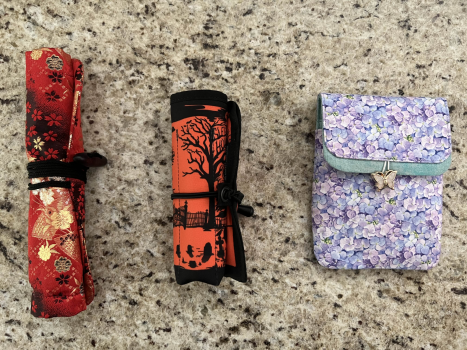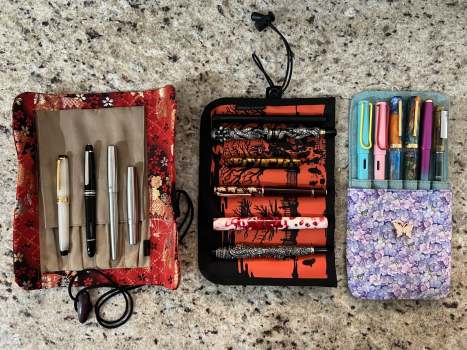Apparently somebody, somewhere decided that iron-gall ink was bad for you, so they couldn't import it into the US.
You can make your own. I did it with (soapless) steel (not stainless-steel or aluminium) wool, and cheap tea, and vinegar, and a drop of blue dye. You need the dye because proper iron-gall ink is transparent straw colour, so you can't see it as you write it down, till it oxidises and turns black.
To do it properly, you need some oak galls, coperas (iron sulphate) and some rancid wine or beer. Crush the oak galls, mix with water and let ferment (outside) for a couple of weeks. Mix in the coperas and rancid wine/beer. It should turn a smelly, gooey black.
Find a goose and persuade it to give you a couple of wing feathers (left wing if you are right handed, reverse if you are left handed). Plucking a couple of wing feathers from a goose may involve blood (yours). Temper the feather tips in hot sand and shape to a nice writing nib using, wait for it, a pen-knife.
Write a best-selling classic magnum opus.




